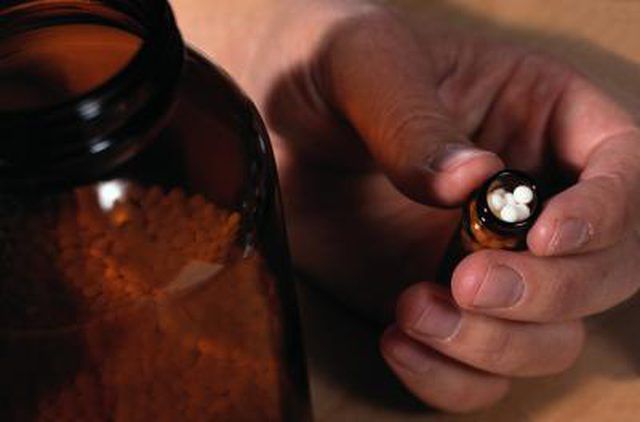Bulbs
Flower Basics
Flower Beds & Specialty Gardens
Flower Garden
Garden Furniture
Garden Gnomes
Garden Seeds
Garden Sheds
Garden Statues
Garden Tools & Supplies
Gardening Basics
Green & Organic
Groundcovers & Vines
Growing Annuals
Growing Basil
Growing Beans
Growing Berries
Growing Blueberries
Growing Cactus
Growing Corn
Growing Cotton
Growing Edibles
Growing Flowers
Growing Garlic
Growing Grapes
Growing Grass
Growing Herbs
Growing Jasmine
Growing Mint
Growing Mushrooms
Orchids
Growing Peanuts
Growing Perennials
Growing Plants
Growing Rosemary
Growing Roses
Growing Strawberries
Growing Sunflowers
Growing Thyme
Growing Tomatoes
Growing Tulips
Growing Vegetables
Herb Basics
Herb Garden
Indoor Growing
Landscaping Basics
Landscaping Patios
Landscaping Plants
Landscaping Shrubs
Landscaping Trees
Landscaping Walks & Pathways
Lawn Basics
Lawn Maintenance
Lawn Mowers
Lawn Ornaments
Lawn Planting
Lawn Tools
Outdoor Growing
Overall Landscape Planning
Pests, Weeds & Problems
Plant Basics
Rock Garden
Rose Garden
Shrubs
Soil
Specialty Gardens
Trees
Vegetable Garden
Yard Maintenance
How to Make Food for Plants With Epsom Salts
How to Make Food for Plants With Epsom Salts. Epsom salt gets its name from Epsom, England, where Epsom salt was most distilled from local spring water. Epsom salt has a variety of practical uses. Because it is a rich source of magnesium sulfate, Epsom salt is often used as plant food in areas with low magnesium levels for plants with high...

Epsom salt gets its name from Epsom, England, where Epsom salt was most distilled from local spring water. Epsom salt has a variety of practical uses. Because it is a rich source of magnesium sulfate, Epsom salt is often used as plant food in areas with low magnesium levels for plants with high magnesium needs. This natural plant food is easy to make and apply.
Things You'll Need
Epsom salt
Large container
Measureing spoons
Water
Spray bottle
Add Epsom salt to a large container that holds more than gallon of liquid. Use 1 tablespoon to feed peppers, shrubs per 9 square feet of soil underneath the shrub's canopy and tomatoes per foot of height. Use 2 tablespoons to feed trees per 9 square feet of soil underneath the tree's canopy.
Pour 1 quart of boiling hot water over the Epsom salts.
Stir the water well until the Epsom salt completely dissolves.
Pour 3 quarts of ice-cold water into the mixture and stir well. The water should be about room temperature.
Apply the room-temperature mixture to your plants. Give pepper plants a foliar spray. Pour the mixture into a spray bottle and coat the leaves of pepper plants with the spray once the plant is in full bloom. Repeat the spray again in 10 days. Water tomato plants and shrubs with enough mixture moistening the top 8 inches of soil. Repeat the watering once every two weeks for tomatoes, although shrubs can wait four weeks in between watering. Water trees with Epsom salt mixture. Water the entire area under the canopy. Repeat this procedure three times a year.
Tips & Warnings
Only evergreen, azalea and rhododendron shrubs need Epsom salt food.
For trees with very large root zones, add another gallon or so of water to the mixture for even spreading. Be sure to stir the mixture well.
Store unused Epsom salt plant food in a cool, dark spot.
According to Linda Chalker-Scott, Ph.D., Washington State University Extension Urban Horticulturist, Epsom salt plant foods are not always necessary. They should only be applied to the certain plants when growing on soil proved by a soil test to be magnesium deficient. Use on plants with low-magnesium needs or plants grown on healthy soil may harm the plants.
Never apply Epsom salt to sage plants.
Do not use Epsom salts on potted plants. The eventual salt build-up may eventually harm the plant.